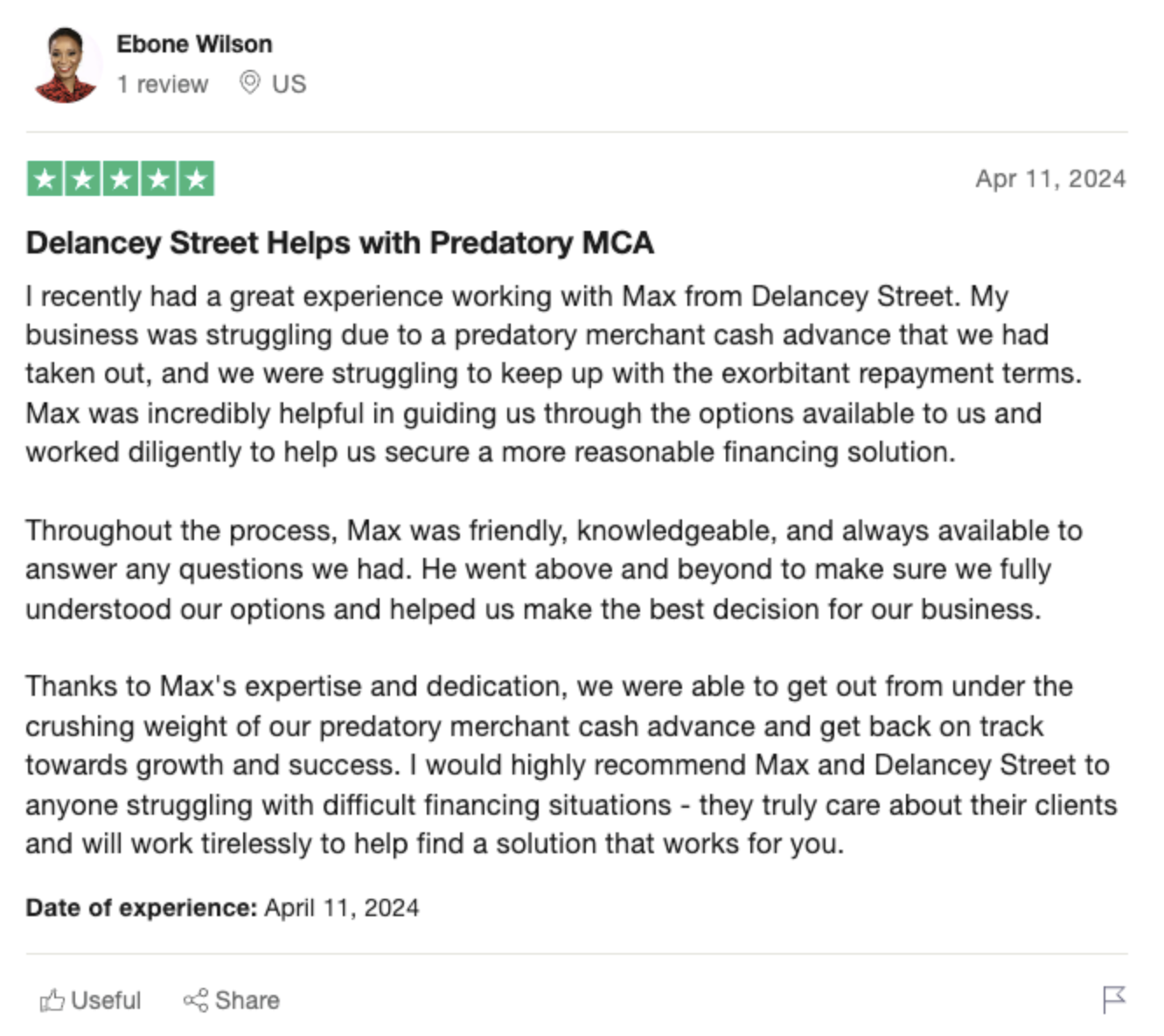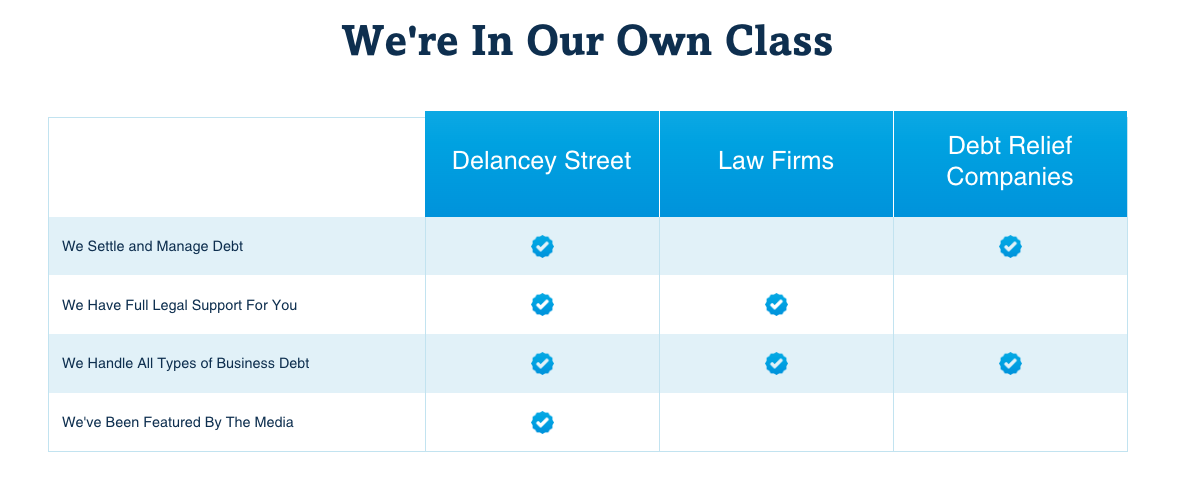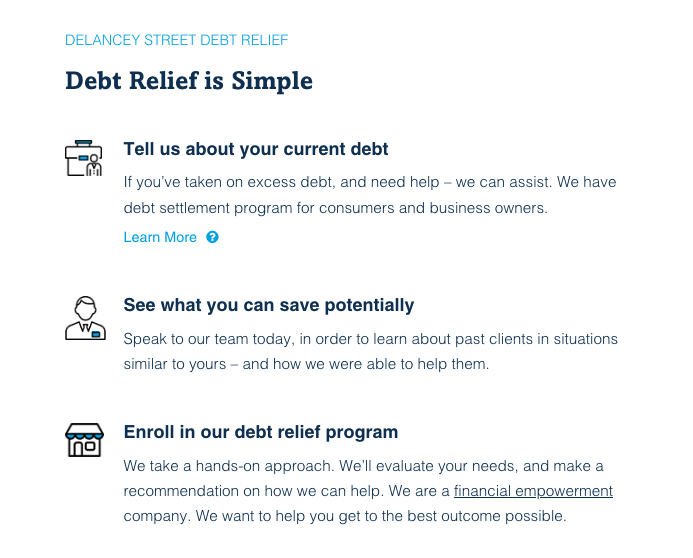Rebuilding Business Credit After Bankruptcy or Debt Relief Programs
Filing for bankruptcy or going through a debt relief program can feel like the end of the world for a business owner. Your credit score gets destroyed, vendors cut you off, and loans become impossible to get. It’s a dark time, no doubt about it.
But there is a light at the end of the tunnel! Rebuilding your business credit after bankruptcy or debt relief is possible with some strategic planning and persistence. This article will walk you through the step-by-step process to bounce back.
 -
-Take Stock of the Damage
The first step is always to survey the damage. Pull your credit reports from Experian, Equifax, and Transunion to see exactly what’s being reported. Look for charge-offs, collections, late payments, and public records like bankruptcy filings.
Make a list of all past-due debts, defaults, and derogatory marks. Also make note of any positive payment history that remains. This info will come in handy later when disputing inaccuracies.
Continue Paying Bills on Time
Now is the time to be extra diligent about paying all current bills on time, every time. Payment history makes up 35% of your business credit score calculation.
Even if you have no credit accounts open, stay on top of utilities, merchant accounts, insurance, and any other expenses. Consistent on-time payments will start to rebuild your credibility.
 -
-Dispute Errors on Your Credit Reports
Don’t assume everything on your credit reports is accurate. Over 70% of reports contain errors which can unjustly lower your scores.
Review each item and dispute anything that appears incorrect or out of date. This can include late payments from years ago, settled accounts still showing as past-due, or discharged debts not marked “included in bankruptcy.”
File disputes through each credit bureau’s online dispute portal. Submit evidence like bankruptcy paperwork, letters from creditors, and proof of payments made. Under the Fair Credit Reporting Act, bureaus must investigate within 30 days.
Open New Business Credit Accounts
Now it’s time to open new credit accounts and prove you can handle them responsibly. Store accounts with no personal guarantee are the easiest to get after bankruptcy.
Apply for credit cards at office supply and hardware stores first. Use the cards lightly and pay on time. After a few months apply for a small loan or line of credit at your bank.
 -
-Gradually take on more credit as you demonstrate repayment ability. But go slowly – too many new accounts at once looks risky.
Apply for an SBA Loan
Once you’ve re-established positive payment history, consider applying for a low-interest loan from the Small Business Administration (SBA).
SBA 7(a) and 504 loans loosen up credit requirements for recent bankruptcies. Approval is still possible if you show the bankruptcy was a one-time event and your business is back on track.
 -
-These government-guaranteed loans offer longer repayment terms, lower down payments, and smaller monthly payments to aid your recovery.
Request Goodwill Adjustments
Did your bankruptcy ruin a previously positive credit history with certain creditors? Consider requesting a “goodwill adjustment.”
Write a goodwill letter asking the creditor to remove negative marks that don’t reflect your normal payment habits. Emphasize your long-time customer relationship and any extenuating circumstances.
If approved, the creditor will delete some or all derogatory items from your credit report. This can quickly boost your scores.
Wait for Time to Pass
Finally, know that time is your ally when rebuilding credit. The impact of negative marks gradually decreases over time.
For example, a bankruptcy can stay on your credit report for up to 10 years, but its credit score impact reduces each year. Collection accounts also hurt less as they age.
Keep accounts current and in a few years you’ll be back to a “fair” credit rating. After 5-7 years of diligent work, your scores can fully recover.
Don’t Give Up!
Rebuilding credit after bankruptcy or debt relief feels daunting at first. But taking it step-by-step and keeping a long-term view makes it manageable. With tenacity and smart strategies, you can repair the damage and restore your business borrowing ability.
The process takes time, but your perseverance will pay off. Be patient, stay focused on progress, and your credit will rise from the ashes once again!







